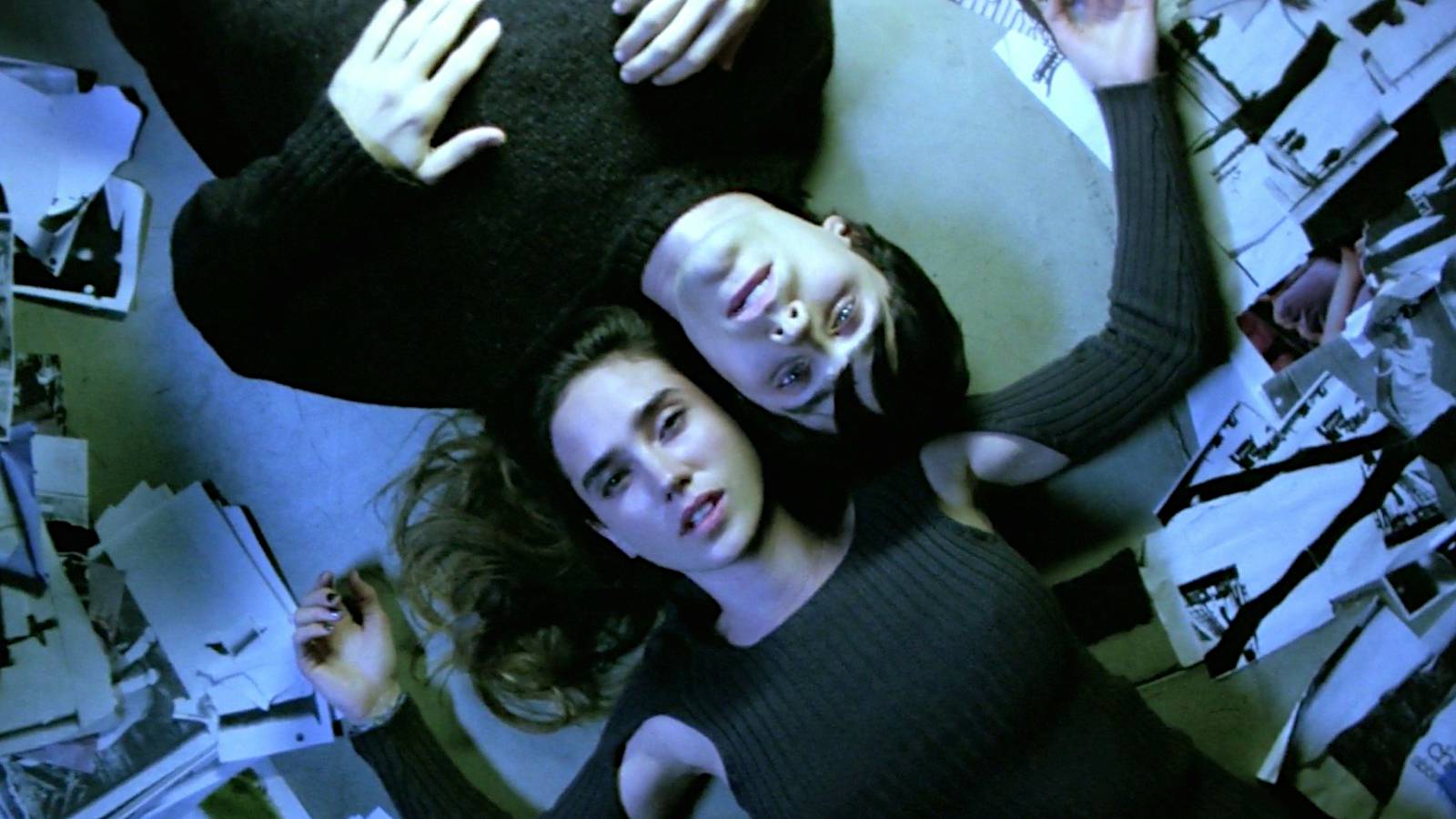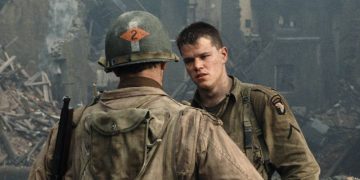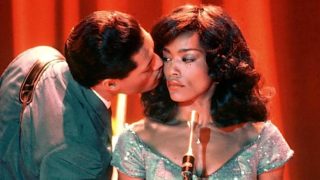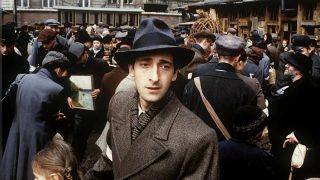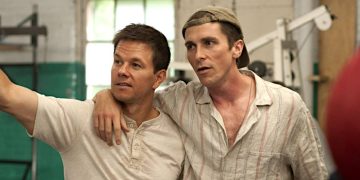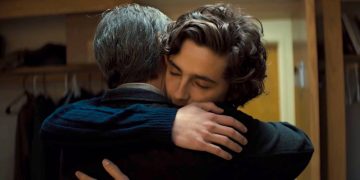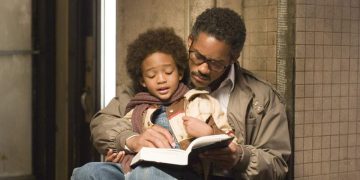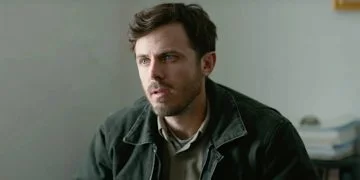You know a film has done its job well when it generates a strong emotional response. The wetter your cheeks from tears or the more your sides hurt from laughing, the better the film. Right?
But sometimes a film is so emotionally complex, dark, and heavy that you simultaneously understand it to be a great film yet have absolutely no desire to ever watch it again.
Indeed, some of the greatest films ever made are so bleak, dreary, and hit so close to home that you wonder why you even watched them.
Here are my picks for the most depressing movies that are so well-made that you won't want to watch them more than once.
11. Grave of the Fireflies (1988)
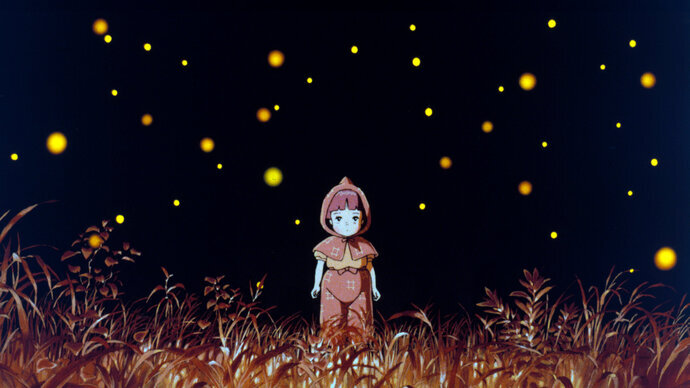
Directed by Isao Takahata
Starring J. Robert Spencer, Corinne Orr, Amy Jones
Animation, Drama, War (1h 29m)
Grave of the Fireflies is the only animated film on this list, but just because the characters are drawn doesn't make them any less sympathetic. After all, no film is actually real, and there are several animations known for making viewers weep (Up, The Iron Giant, Your Name).
But Grave of the Fireflies trumps all of them with its hand-drawn yet morbid depiction of a bomb-devastated Japan during WWII.
In fact, author Akiyuki Nosaka requested that the semi-autobiographical adaptation be animated, as it would be "impossible to create the barren, scorched earth" of his short story via live-action.
The young sibling protagonists of Isao Takahata's anime film pass through a bleak wasteland with no sugar-coating at all. You can still be assured of the gorgeously tender imagery associated with Studio Ghibli, the most emotionally resonant animation studio in the world.
10. Schindler's List (1993)
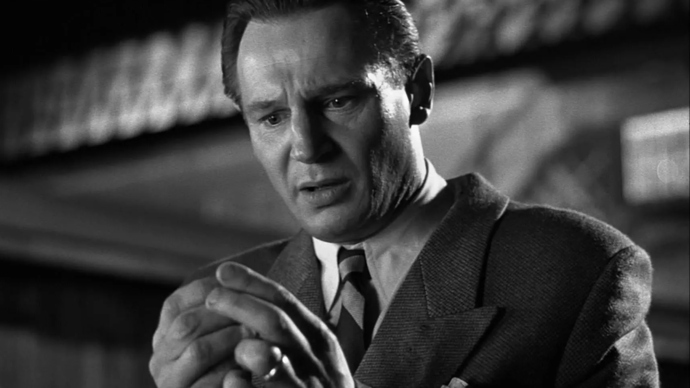
Directed by Steven Spielberg
Starring Liam Neeson, Ralph Fiennes, Ben Kingsley
Biography, Drama, History (3h 15m)
In a list of depressing movies, it should be no surprise that the Holocaust makes multiple appearances—and the first of those appearances is in Steven Spielberg's Schindler's List.
The fact that German businessman Oskar Schindler (played by Liam Neeson) saved 1,200 lives by deploying them to his factories during WWII is incredible on its own, but it's really just the silver lining of this movie.
Schindler's List is a black-and-white war classic. If it weren't for the little girl in the red coat or Ralph Fiennes's truly evil SS performance, you might be able to get through Schindler's List with dry eyes. But alas...
9. Dear Zachary: A Letter to a Son About His Father (2008)
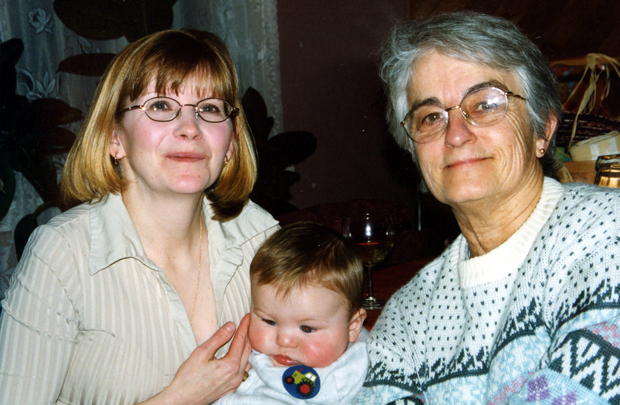
Directed by Kurt Kuenne
Starring Kurt Kuenne, Andrew Bagby, David Bagby
Biography, Documentary, Crime (1h 35m)
There are so many documentaries that will make your heart ache, as documentarians are usually in it to surprise and/or educate us via emotional gut punches. Think Amy, Bully, Blackfish, and Bulgaria's Abandoned Children for some notable examples.
But Dear Zachary: A Letter to a Son About His Father is the most famously sad documentary, recounting the tragedy of a man who was murdered by his ex-girlfriend who was pregnant with his son at the time.
Inflamed by anguish, the personal note of this movie rings through the title—not just because the filmmaker is entangled in the story (Kurt Kuenne was a close friend of the subject), but because letters themselves are an intimate form of communication.
8. The Boy in the Striped Pajamas (2008)
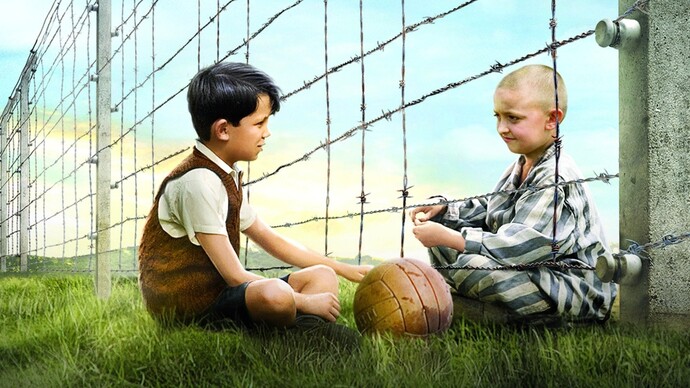
Directed by Mark Herman
Starring Asa Butterfield, David Thewlis, Rupert Friend
Drama, War (1h 34m)
The Boy in the Striped Pajamas may not be a true story, but the context around it is, and it isn't so far-fetched to believe that similar accidents have actually occured during the Holocaust.
What is the accident here? Well, an SS officer's son sneaks into an extermination camp to visit his Jewish friend within... and both of them end up being ushered away for a "shower."
Both Bruno (played by Asa Butterfield) and Shmuel (played by Jack Scanlon) are only eight years old, so they're clueless to what's going on around them. (Bruno is especially clueless, living free in the lush woods of rural Poland, not realizing his Nazi father is one of the bad guys.)
Critics complained of the film's commercialization, but no one can deny the final scene is crippling to watch as the camera pans out of an empty room of striped pajamas, ready for their next wearers.
7. American History X (1998)
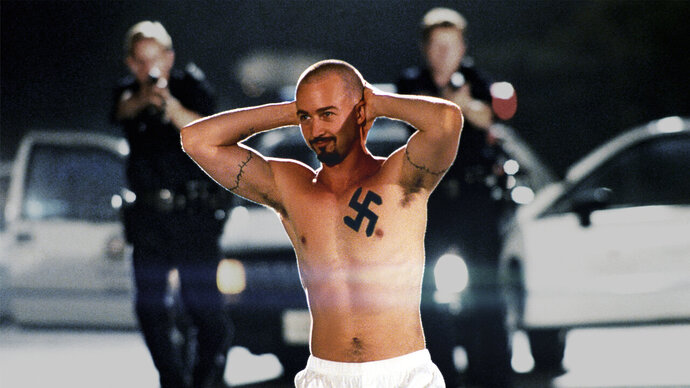
Directed by Tony Kaye
Starring Edward Norton, Edward Furlong, Beverly D'Angelo
Crime, Drama (1h 59m)
American History X kicks off on a distressing note, then tunes up a little, then smacks us back down again, showing how white supremacy still leaks into the cracks of our institutionally racist modern society even decades after the Nazis lost the war.
Edward Norton plays a skinhead Californian named Derek who shoots (and brutally curb-stomps) two black men, then experiences rehabilitation in prison. However, prejudice is a poison that strangles everyone involved, and it often seeps down to the next generation.
Once released from jail, Derek finds that his younger brother (played by Edward Furlong) has learned from his savage behavior and now carries it out like a family heirloom.
American History X is pumped by anger, adrenaline, and pure unantagonized hatred, with the lo-fi cinematography and moments of black-and-white adding to its tone of depressing realism.
6. The Road (2009)
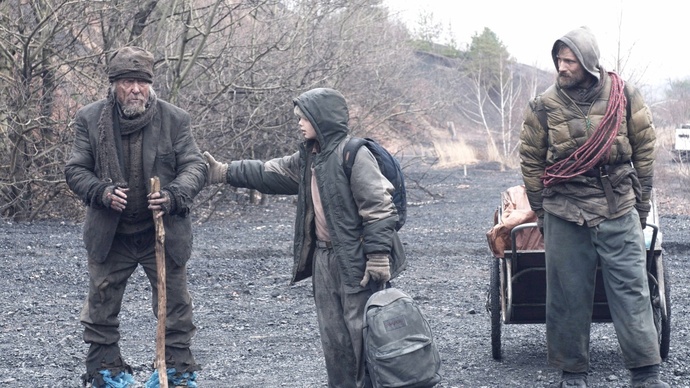
Directed by John Hillcoat
Starring Viggo Mortensen, Charlize Theron, Kodi Smit-McPhee
Drama, Thriller (1h 51m)
In The Road, an apocalypse has devastated the world, but the cause of that apocalypse isn't important. Unlike most end-of-the-world movies, there are no action-packed disaster sequences here.
Instead, John Hillcoat examines the relationship between a surviving father (played by Viggo Mortensen) and his son (played by Kodi Smit-McPhee), who must tackle a lifeless landscape in search of safety.
Cannibal rape gangs aren't exactly what a father wants his young son to be worrying about. His only problems should be homework and skinned knees! But life after the apocalypse isn't easy for anyone.
The Road is chock-full of dread and Hillcoat uses low-budget filmmaking techniques to match the grungy ruggedness of the desperate, homeless protagonists. It's unconventional, uncompromising, unpleasant, and unsuited to fragile viewers.
5. Dancer in the Dark (2000)
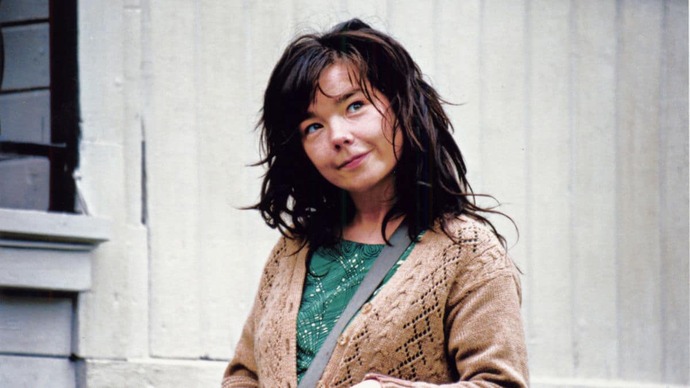
Directed by Lars von Trier
Starring Björk, Catherine Deneuve, David Morse
Crime, Drama, Musical (2h 20m)
A lot of the films on this list avoid bloated budgets and that gleaming Hollywood sheen in order to evoke realism. Dancer in the Dark takes it even further to truly ground the story and experience.
Dancer in the Dark uses a handheld digital camera—the kind you might find in your parent's attic—to capture its dismal plot, which might scare away mainstream viewers. But don't let that bother you!
The amateur look of Dancer in the Dark is completely intentional, influenced by the Dogme 95 movement. The end result is an impactful melodrama featuring Björk smashing everyone's hearts in her role as a factory worker who's trying to save up for her son's operation.
4. Precious (2009)
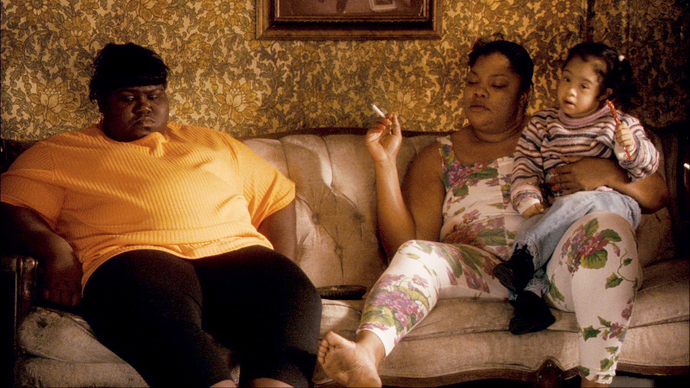
Directed by Lee Daniels
Starring Gabourey Sidibe, Mo'Nique, Paula Patton
Drama (1h 50m)
The film industry has a habit of pulling on the same strings for the same emotional reactions. The car crash, the orphaned kid, the wife-beating drunk, all shot in glossy, pristine HD with an ultimately happy ending. It can all start to feel tired and ineffective after a while.
And that's why Precious stands out. It doesn't do any of that. Precious does its own thing and ends up feeling grittily real in its depiction of a toxic American household, this time in 1980s Harlem.
Claireece Precious Jones (played by Gabourey Sidibe) lives on welfare in a dingy apartment with her abusive mother (played by Mo'Nique). We never meet her father, but we know that he left the 16-year-old with two pregnancies as a result of incestuous rape.
Disturbing enough for you? Stark, harrowing, and eerily grounded, Precious will have you wincing through its two-hour runtime.
3. Sophie's Choice (1982)
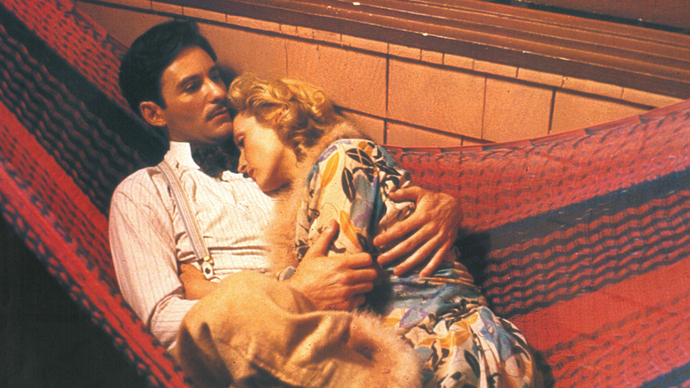
Directed by Alan J. Pakula
Starring Meryl Streep, Kevin Kline, Peter MacNicol
Drama, Romance (2h 30m)
The final Holocaust film on this list has an impossible question as its logline: a woman is sent to Auschwitz with her two eight-year-old children, then forced to pick one for the gas chamber. Which will it be?
Imagine having to choose which of your children is sent off to die. It's uncomfortable even to think about, let alone watch—especially when enacted by someone as talented and believable as Meryl Streep!
This psychological drama tracks Sophie in the aftermath of WWII, who lives with a violent paranoid schizophrenic named Nathan (played by Kevin Kline) in Brooklyn.
The most unromantic, unsavory love story in cinema, Sophie's PTSD (alongside Nathan's mental illness) leads them into a cyanide-suicide pact that dwarfs the tragedy of even Romeo and Juliet.
2. Requiem for a Dream (2000)
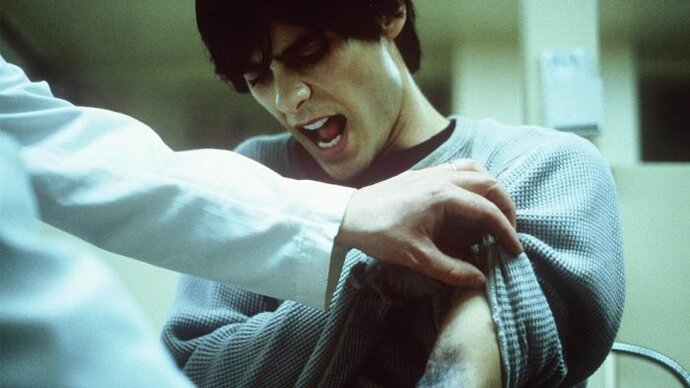
Directed by Darren Aronofsky
Starring Ellen Burstyn, Jared Leto, Jennifer Connelly
Drama (1h 42m)
Requiem for a Dream is frequently voted as the most difficult movie to sit through. It's not just sad but also riddled with psychosis, with characters lurching between the real and the imagined—and not in a cute, daydreamy way.
Sara (played by Ellen Burstyn) thinks she's chugging down diet pills but they're actually amphetamines. Meanwhile, her son (played by Jared Leto) is in a constant race with heroin withdrawal and his girlfriend (played by Jennifer Connelly) turns to sex work for drug money.
Darren Aronofsky takes us down to the dark depths of New York City, where pimps and dope fiends scuttle in basements, all while Sara's eating disorder leaves her tweaking in the looney bin.
Adapted from the unsparing novel by Hubert Selby Jr., the whole cinematic nightmare is amplified by its famously haunting soundtrack.
1. Come and See (1985)
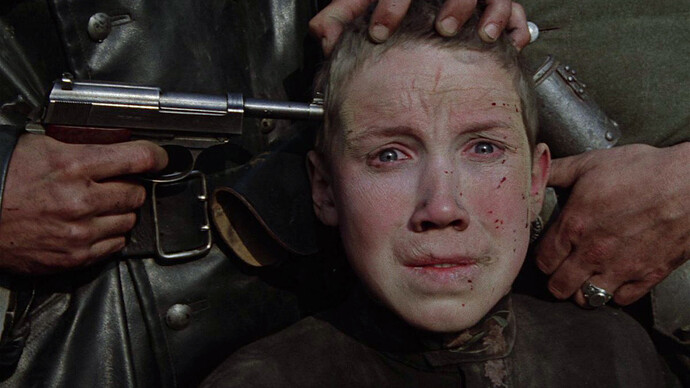
Directed by Elem Klimov
Starring Aleksey Kravchenko, Olga Mironova, Liubomiras Laucevicius
Drama, Thriller, War (2h 22m)
Come and See is an estimable Soviet anti-war movie that's famed for how effectively it distills the trauma of war.
Inglourious Basterds might have you marveling at its dialogue and War Horse might have you gazing at the pretty countryside, but Come and See will leave you truly horrified. (It's bad enough to make you wonder if it should actually be classified as a horror.)
Elem Klimov blends the surreal with the hyper-real to torture viewers through the story of a teenage boy (played by Aleksey Kravchenko) who fights in World War II.
This unusual filmmaking method reflects what war really is: an unnatural event that should be a surreal concept, but does happen. It's something the human mind can't grapple with, which is why soldiers are often left suffering with a range of mental illnesses.
"Show, don't tell" is the industry motto, and nothing shows quite like the face. It's the home of the senses and expressions of pain, with eyes acting as windows to the soul. That's why Klimov relies so heavily on disquieting close-ups of war-torn faces... and it works.
